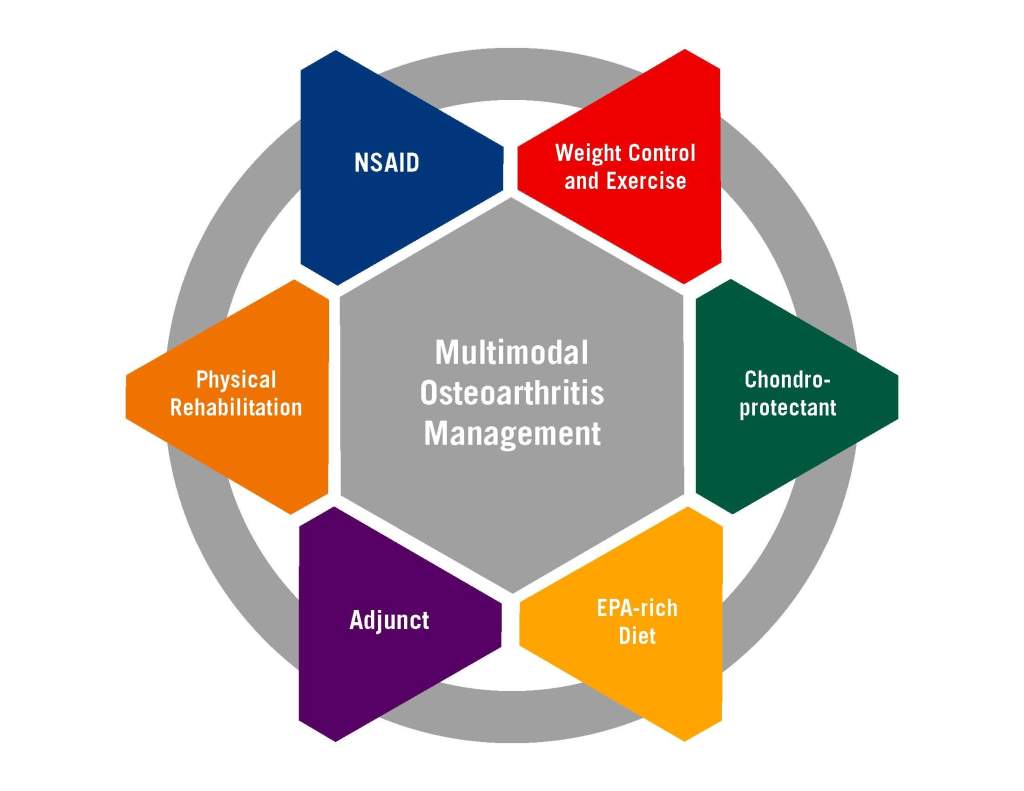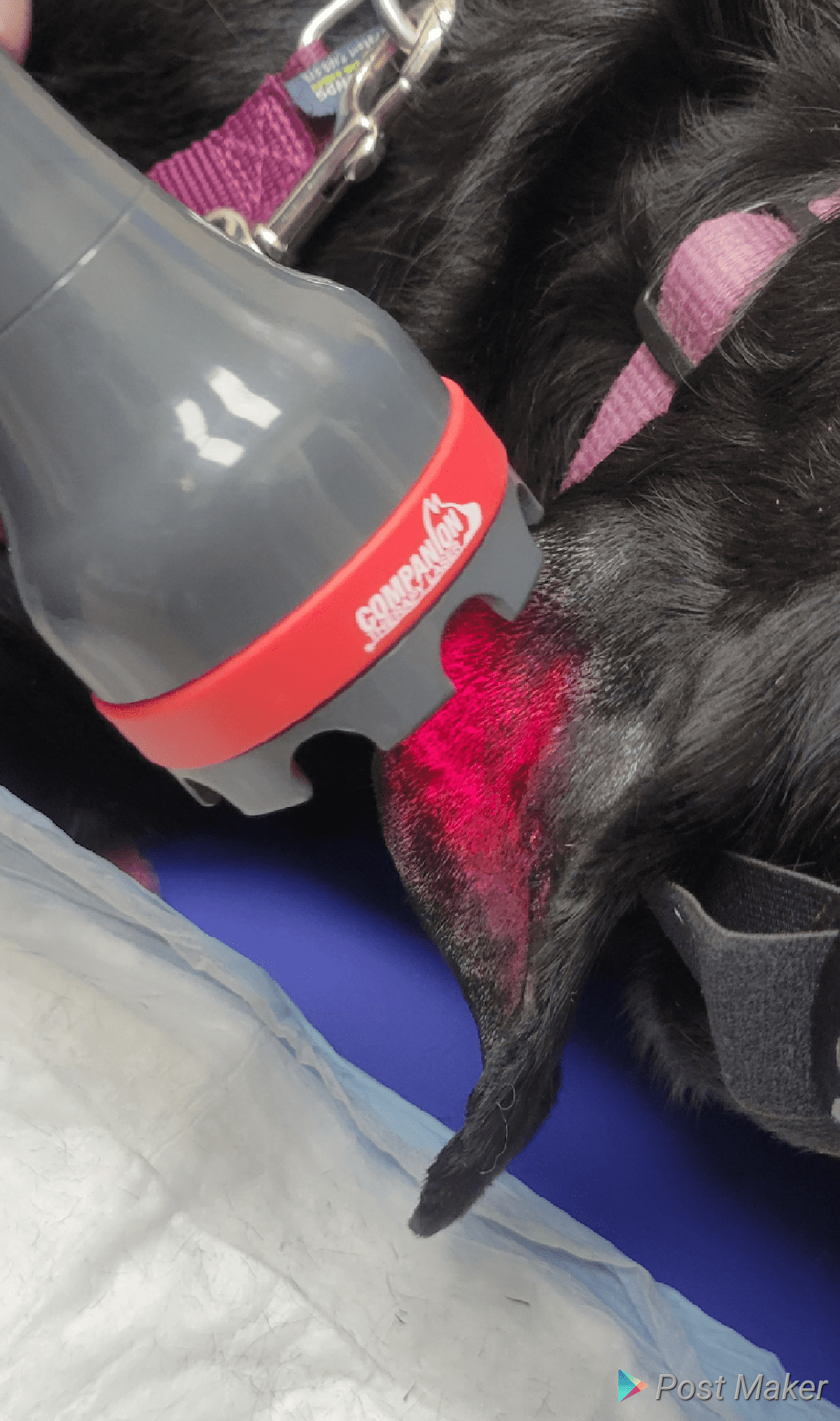Comprehensive Pain Management for Pets: Understanding Treatment Principles
Pain management in our beloved pets, particularly dogs and cats, is a critical aspect of their overall healthcare. Just like people, pets experience pain due to various reasons, ranging from injury and illness to aging-related conditions like arthritis. However, unlike humans, dogs and cats cannot communicate their discomfort verbally, making it imperative for pet parents and veterinarians to be vigilant in recognizing and addressing their pain. In this blog, we’ll dig into the principles of comprehensive pain management for dogs and cats, focusing on strategies, treatments, and the importance of collaboration between veterinarians and pet parents.
Multimodal and Pre-emptive therapies:

One of the cornerstones of effective pain management in dogs and cats is multimodal therapy. This approach involves using a combination of different pain-relief methods to target pain from multiple angles. By employing various therapies such as medication, physical therapy, laser therapy and acupuncture. Multimodal therapy aims to provide comprehensive pain relief that surpasses the effects of any single treatment alone. Pre-emptive therapy, a subset of multimodal therapy, is particularly crucial in scenarios like pre-surgical procedures, where administering analgesics before the onset of pain can significantly reduce the overall pain experienced by the pet.
Treatment Strategies Beyond Medication:
While medication is often central to pain management, it’s essential to recognize that treatment extends beyond pharmacological interventions. Therapeutic diets, nursing care, physiotherapy, laser therapy, acupuncture, and nutraceuticals such as Omega3 fatty acids, glucosamines all play significant roles in managing pain in cats and dogs. These strategies not only address pain directly but also consider factors such as nutrition, obesity, and conditions like osteoarthritis, which can exacerbate discomfort in dogs and cats.

Why Medication?
Medications are indispensable in managing certain painful conditions effectively in pets. However, they come with potential side effects that require careful consideration. Veterinary professionals must conduct thorough examinations, run appropriate diagnostic tests, and develop individualized treatment plans for each pet. Regular follow-ups are essential to monitor the safety and efficacy of the prescribed medications, ensuring that the benefits of pain relief outweigh any associated risks. Pet owners should be vigilant for signs of adverse effects such as decreased appetite, vomiting, or diarrhea and seek prompt veterinary assistance if such symptoms occur.
Commonly Used Pain Medications:
Various classes of medications are utilized in alleviating pain in pets, including local anesthetics, steroids, alpha-2 agonists, non-steroidal anti-inflammatory drugs (NSAIDs), opioids, and adjunctive drugs like tricyclic antidepressants, gabapentin, and amantadine. Close monitoring for adverse effects is imperative when administering these medications, and any concerns should be promptly addressed by a veterinarian.
Conclusion:
Comprehensive pain management for companion animals requires a holistic approach that integrates various treatment modalities and emphasizes collaboration between veterinarians and pet owners. Recognizing and addressing pain promptly, making accurate diagnoses, and developing tailored treatment plans are essential steps in ensuring the well-being of our furry friends. With vigilant care and the right interventions, pets experiencing pain can lead happier, more comfortable lives. Remember, they rely on us to advocate for their health and happiness, and with the right approach, relief is within reach.
About Us
We exist to focus on the continuous improvement of pets' lives and to create an everlasting connection between pets and their family

